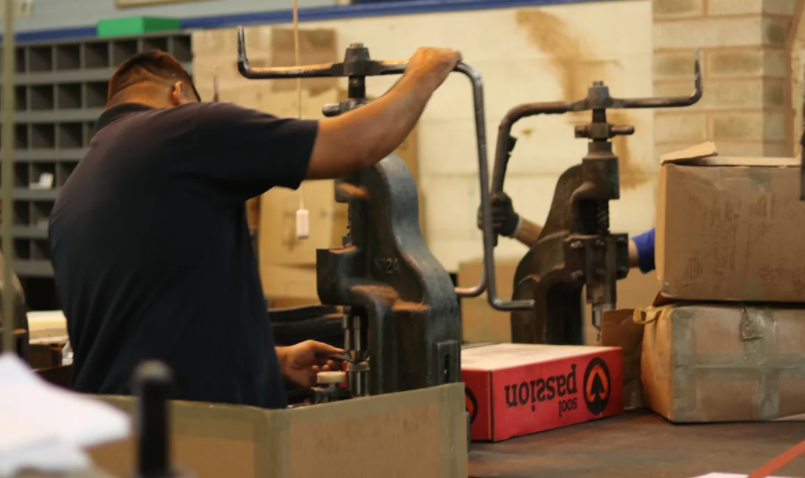The Essential Elements of Professional Business Cards
11 September 2020You’d be forgiven for assuming that professional business cards are a bit old-fashioned and no longer relevant in the era of LinkedIn and social media.
Not so. They’re still incredibly useful.
The problem lies in the fact that too many business cards are poorly designed and not properly thought through.
The next time you head to a networking event, it’s vital you have some business cards with you if you want to make meaningful connections that go beyond that first meeting.
Here are five things your business card needs, without question.
1. Your logo and tagline
Your professional business card is an extension of your brand. Therefore, just like any form of marketing or advertising, it needs to be branded.
Don’t go overboard, though. Instead, just add your logo and tagline. That way, you’ll draw the eye to the central part of your brand and immediately tell the person holding the card what you’re all about.
2. ZERO waffle
No one wants to know about your multiple awards, endless list of services or customer testimonials – particularly on your business card.
People simply need to know who you are (name), what you’re about (brief tagline), and how you can help them to solve a problem or make their lives easier (brief mission statement) – and they want the information delivered as briefly as possible.
With this in mind, make sure you don’t have any waffle on your business card. Ensure it’s completely devoid of anything but the stuff people need to know when they pick it up.
If you ramble on about how great your company is, they’ll get bored or simply won’t bother to get back in touch. Brutal, but true.
3. Social media details
Hopefully, your business has an active, engaging presence on social media, and that’s why you should point people to your profiles on your business card.
Firstly, this will ensure you grab some extra followers, but it’ll also give them another way to get in touch with you. Even with your telephone number and email address on the business card, some people might prefer to contact you via Twitter. Give them the option to do so.
4. Contact info (and a simple website URL)
Your name, mobile number and one email address is all you need. Don’t add loads of phone numbers or multiple email addresses.
It’s also vitally important to include your website address. If you suffer from a long-winded URL, create a shortened version, either with the help of your IT company or via one of the many URL shorteners you can find on the internet.
5. Plenty of white space (or blocks of colour)
This is probably the most important tip of the lot.
Plenty of blank space will allow the information on your business card to breathe. It’s a trick used in web design and other forms of advertising, and it works brilliantly.
The more space around your text the better. If your business card appears overwhelming with too many images and too much text, it’ll put the majority of people off.
Go minimal with your business card design, always.
Wrapping up
Now you know what your business card needs, it’s time to get creating. While doing so, don’t forget to keep the details above in mind at all times.
If nothing else, just remember to keep the design simple and ensure the key elements (your contact details) are easy to read, and that they immediately draw the eye.







